Agricultural Irrigation Mini Drippers: 15% Water Savings Per Acre and Higher Yields? What’s the Precision Secret?
Content
- 1 How Do Mini Drippers Physically Achieve "Targeted Water Delivery"?
- 2 Can Mini Drippers Adapt to Complex Farm Conditions?
- 3 Is the Dripper Alone Enough, or Does It Depend on Supporting Systems?
- 4 Why Do These Features Translate to Both Water Savings and Higher Yields?
- 5 Will Mini Drippers Remain a Practical Choice for Small-Scale Farmers?
In regions grappling with water scarcity, agricultural irrigation mini drippers have emerged as a game-changer—delivering on claims of 15% water savings per acre while boosting crop yields. For farmers long frustrated by wasteful traditional irrigation, this tiny device seems almost too good to be true. Behind these impressive results lies a mix of precision engineering, adaptive design, and synergy with supporting systems. What exactly makes these mini drippers so effective at balancing water efficiency and crop productivity?
How Do Mini Drippers Physically Achieve "Targeted Water Delivery"?
The core of the mini dripper’s efficiency lies in its ability to bypass the flaws of traditional irrigation methods like flood or sprinkler systems, which lose 30-50% of water to evaporation, runoff, or deep percolation. Mini drippers eliminate this waste through two key design features.
First, their micro-scale nozzles break water into tiny droplets and deliver them directly to the rhizosphere—the narrow soil zone surrounding crop roots. This "root-zone only" delivery ensures water reaches exactly where it’s needed, rather than saturating unplanted areas. Second, advanced models incorporate flow regulators that maintain a consistent discharge rate (typically 2-8 liters per hour) regardless of minor pressure fluctuations in the irrigation network. For example, in a 100-meter-long drip line, the first and last drippers will differ in flow by no more than 5%, ensuring uniform hydration across the entire field.
This physical precision transforms water from a broadly applied resource into a targeted input. In wheat fields, this means roots absorb 90% of delivered water, compared to just 60% with sprinkler systems. So, it’s not just about using less water—it’s about using water exactly where it matters.

Can Mini Drippers Adapt to Complex Farm Conditions?
Farmlands are rarely uniform: slopes, varying soil types, and different crops all demand flexible irrigation solutions. Mini drippers rise to this challenge through specialized designs tailored to diverse scenarios, a key factor in their real-world effectiveness.
For hilly or mountainous orchards, pressure-compensating mini drippers are critical. These devices use internal diaphragms to adjust water flow based on elevation changes, ensuring that trees at the bottom of a slope receive the same amount of water as those at the top. Without this feature, downhill plants would be overwatered while uphill ones suffer drought stress. In flat vegetable gardens, in-line integrated drippers with built-in filtration structures are preferred—they resist clogging from sediment and organic matter, making them ideal for areas with slightly murky water sources.
Crop-specific adaptation further enhances results. For deep-rooted fruits like apples, "small-tube outflow" mini drippers are arranged in rings around each tree, creating a circular humid area that matches the root system’s spread. For shallow-rooted vegetables like lettuce, closely spaced (0.3-1 meter apart) drippers ensure every plant’s roots access moisture. This adaptability means mini drippers don’t just work in ideal conditions—they thrive in the messy reality of working farms.
Is the Dripper Alone Enough, or Does It Depend on Supporting Systems?
While mini drippers are the "face" of precision irrigation, their success relies entirely on integration with three key supporting components. Without these, even the best drippers fail to deliver 15% water savings or yield gains.
The first is filtration. Mini dripper nozzles are so small (often less than 1mm in diameter) that sediment or organic particles can easily clog them. Industry standards recommend 80-120 mesh centrifugal + mesh dual filters to remove impurities before water reaches the drippers. Regular maintenance—like flushing filters monthly—prevents blockages that would render drippers useless.
The second is fertilizer integration. Mini drippers shine when paired with "fertigation" systems (e.g., Venturi injectors or intelligent fertilizer mixers) that blend nutrients with irrigation water. This allows crops to absorb water and fertilizers simultaneously, boosting nutrient use efficiency by 40% compared to separate application. Crucially, flushing the system for at least 30 minutes after fertilization prevents chemical crystallization that clogs drippers.
The third is smart control. In automated setups, soil moisture sensors trigger dripper operation only when soil humidity drops below a target threshold (typically ±5% of the crop’s optimal level). This avoids overwatering caused by fixed schedules and adapts to weather changes—for example, reducing flow after rain. A 2025 study of wheat farms found that sensor-linked drippers saved an additional 10% water compared to manually operated ones, while increasing yields by 12.3%.
Why Do These Features Translate to Both Water Savings and Higher Yields?
The link between mini dripper design and its dual benefits—water savings and increase production —is rooted in how plants respond to consistent, targeted hydration.
Water savings come directly from eliminating waste: no evaporation from sprinkler mist, no runoff down slopes, and no water seeping past shallow roots. In arid regions, this adds up to 15-40% less water use per acre compared to traditional methods. For example, a 1,000-acre corn farm using mini drippers can save over 1 million cubic meters of water annually—enough to irrigate 200 additional acres.
Higher yields stem from stress-free growth conditions. Mini drippers maintain steady soil moisture, avoiding the "drought-stress followed by flood" cycle that stunts root development and reduces nutrient uptake. For high-value crops like cherries or tomatoes, this consistency improves fruit size and reduces cracking, increasing marketable yield by 15-20%. Even staple crops benefit: wheat fields using precision drippers and fertigation have seen yields rise to 1.5 tons per acre, up from 1.3 tons with conventional irrigation.
Will Mini Drippers Remain a Practical Choice for Small-Scale Farmers?
Critics often ask if such precision technology is affordable for small or medium-sized farms. The answer lies in modular design and long-term cost savings.
Entry-level setups use portable dripper systems with reusable components (reuse rate ≥80%) that reduce initial installation costs. Quick-connect drippers eliminate the need for specialized tools, making DIY maintenance possible. Over time, water and fertilizer savings offset upfront expenses: a typical vegetable farm recoups investment in 1-2 growing seasons through lower utility bills and higher crop sales.
Moreover, mini drippers’ durability adds value. High-quality models use wear-resistant materials that withstand mechanical damage (e.g., from farm equipment) and have a service life of 3-5 years when maintained properly. This makes them a long-term solution, not a short-term expense.
The "precision secret" of agricultural irrigation mini drippers is no mystery—it’s the combination of targeted delivery design, adaptive engineering, and integration with filtration, fertilization, and control systems. By focusing water where crops need it most, these tiny devices turn water scarcity from a limitation into an opportunity. For farmers, the 15% water savings and higher yields aren’t just claims—they’re the tangible result of aligning irrigation technology with nature’s needs.
Prev:Uneven Plant Watering? How Does a Pressure Compensating Dripper With Stake Fix This?Next:Sprinklers With Stake: What Features Make Them Perfect for Efficient Garden Watering?


 Search for...
Search for... English
English Español
Español 中文简体
中文简体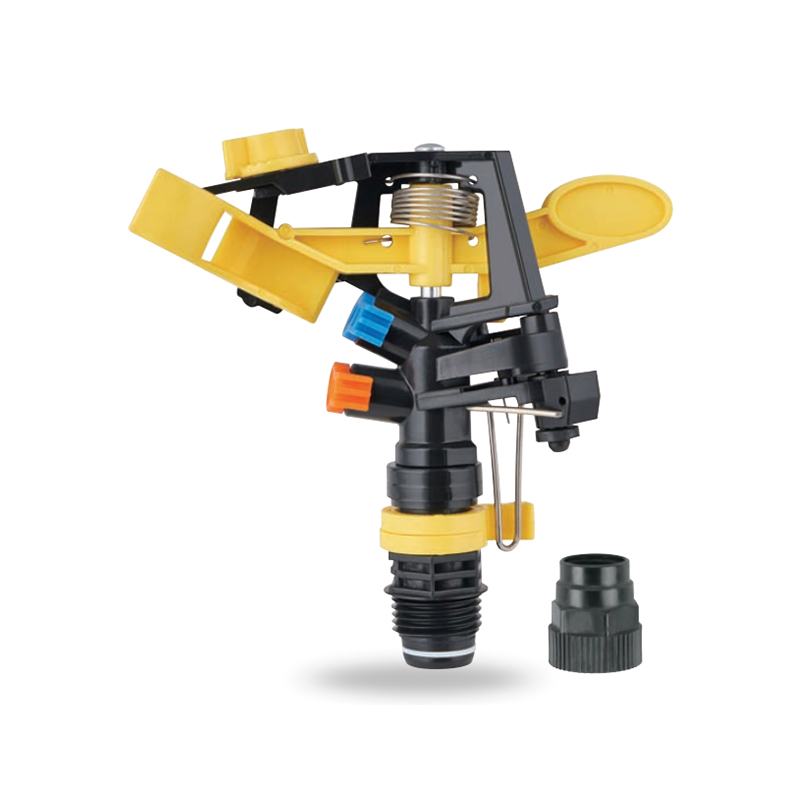
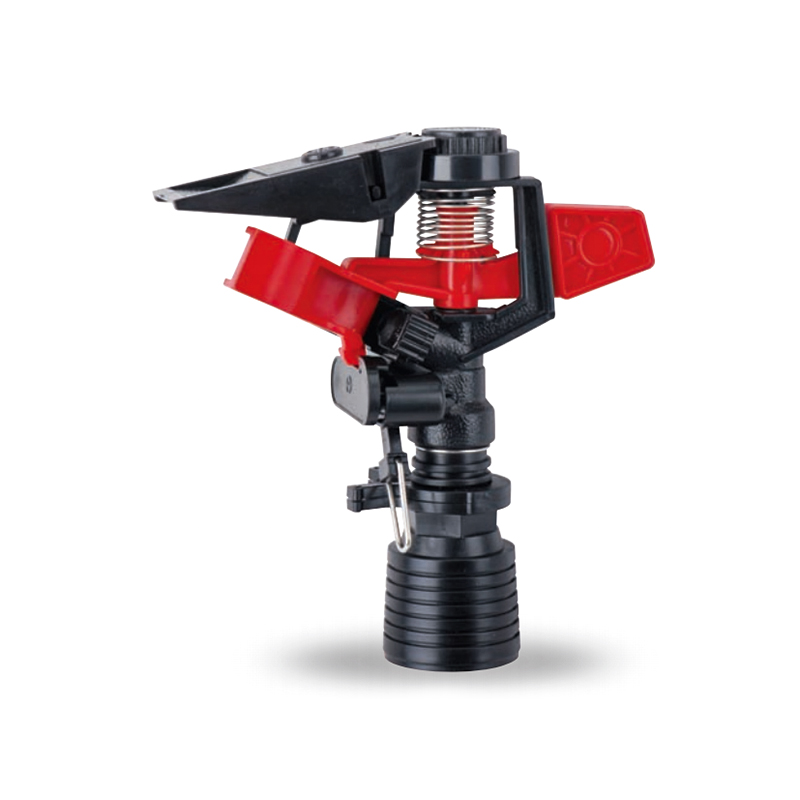
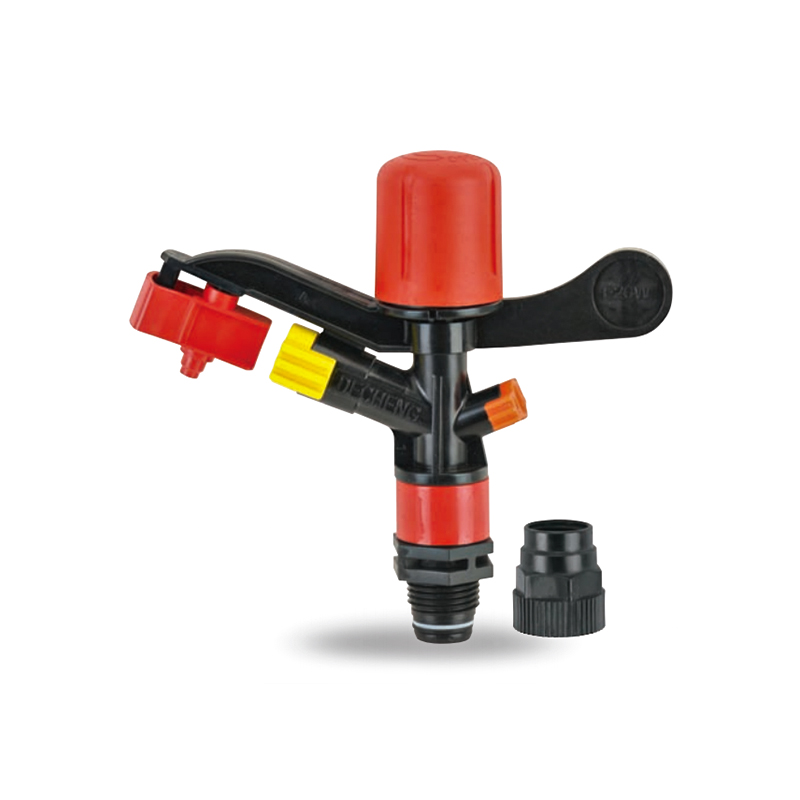
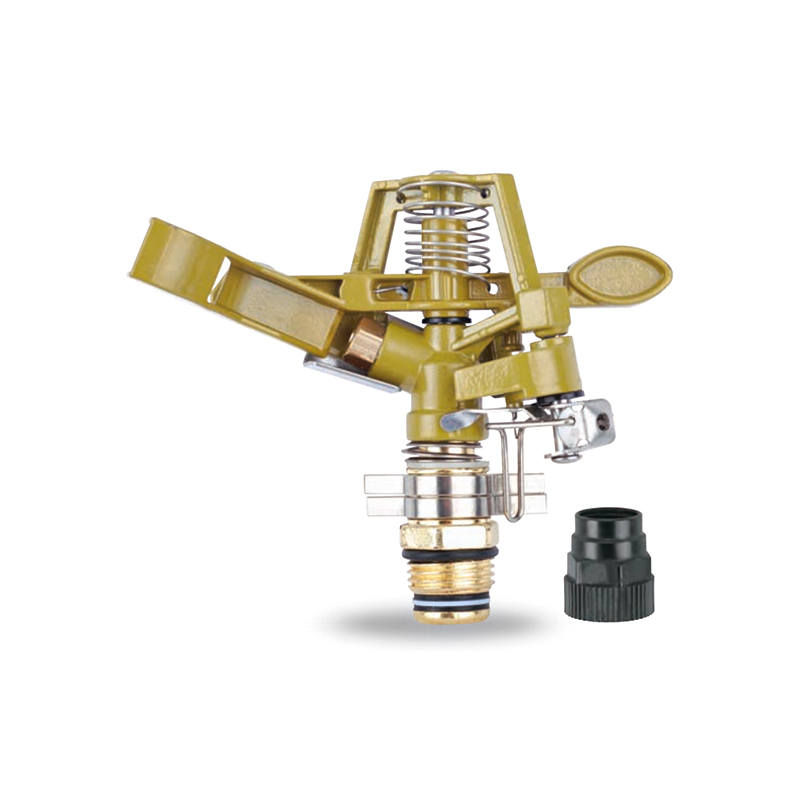
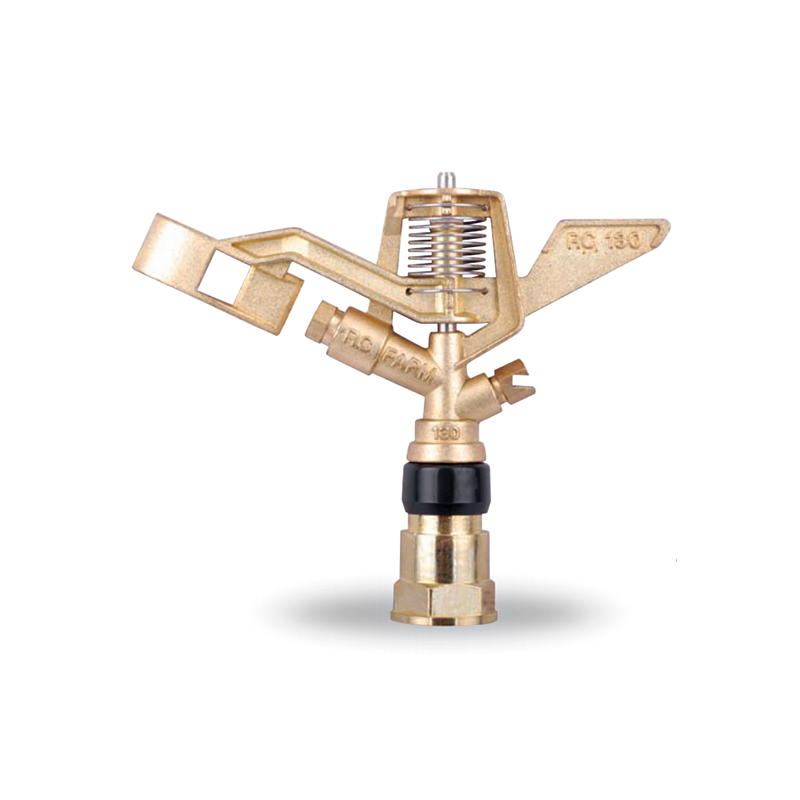
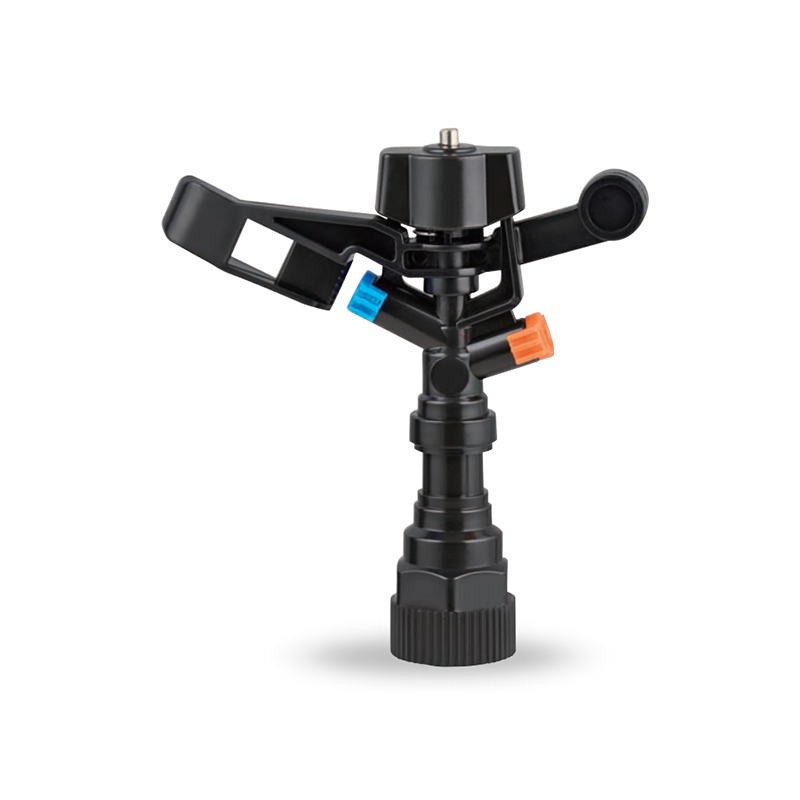
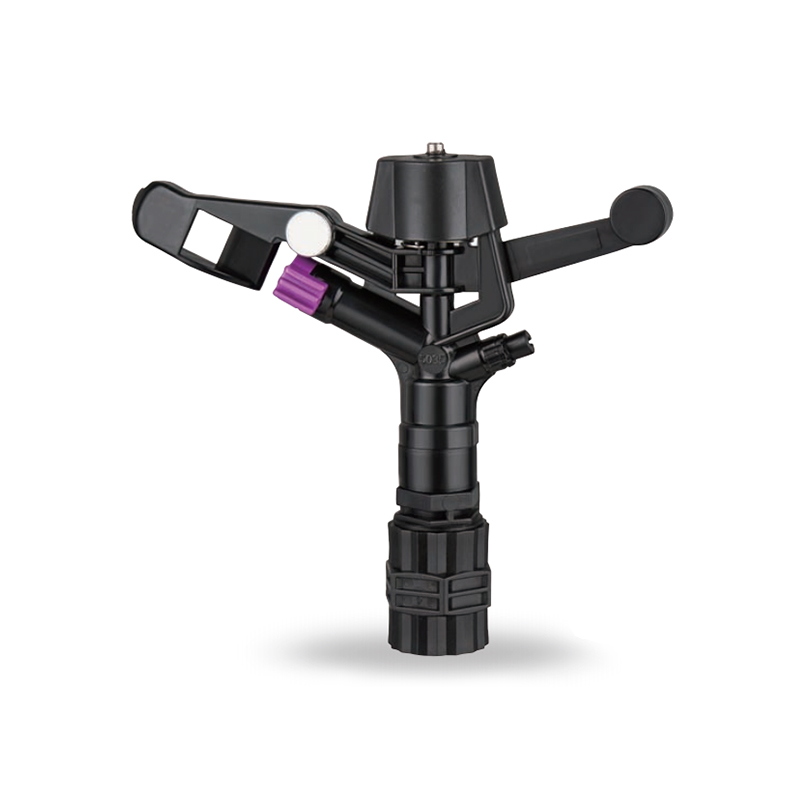
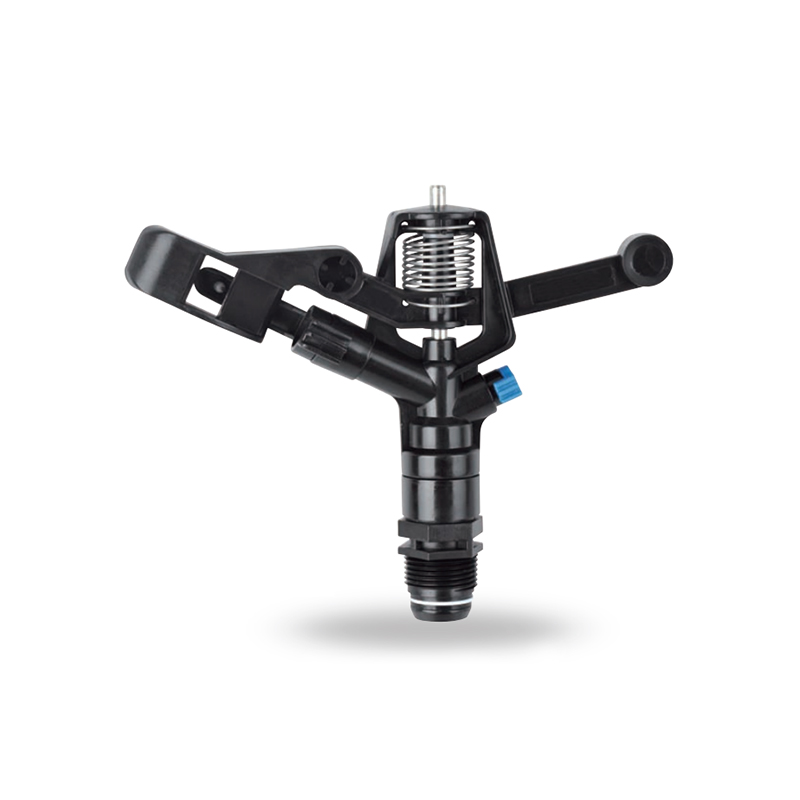
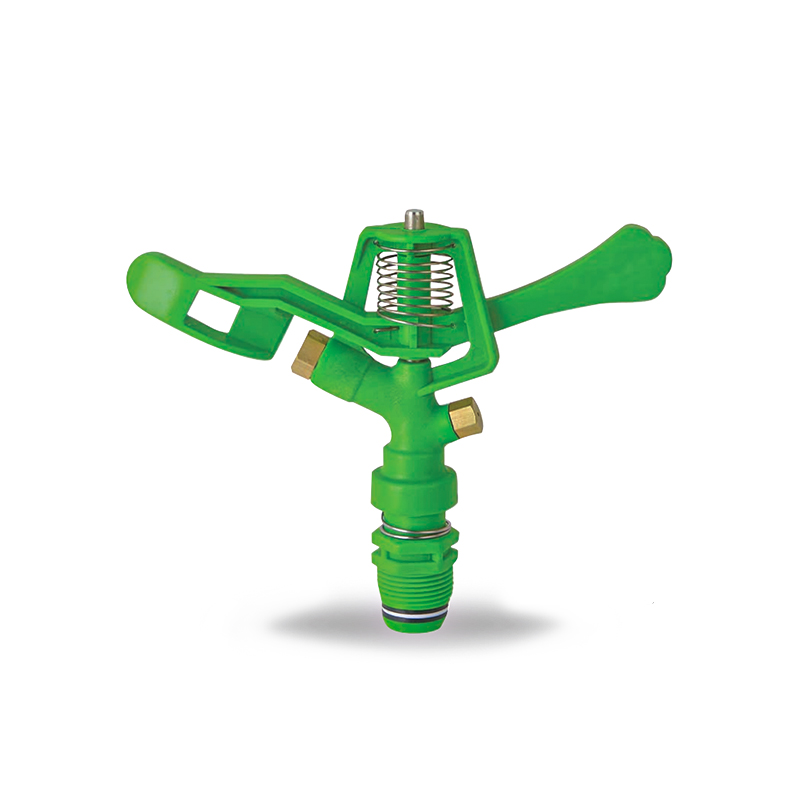
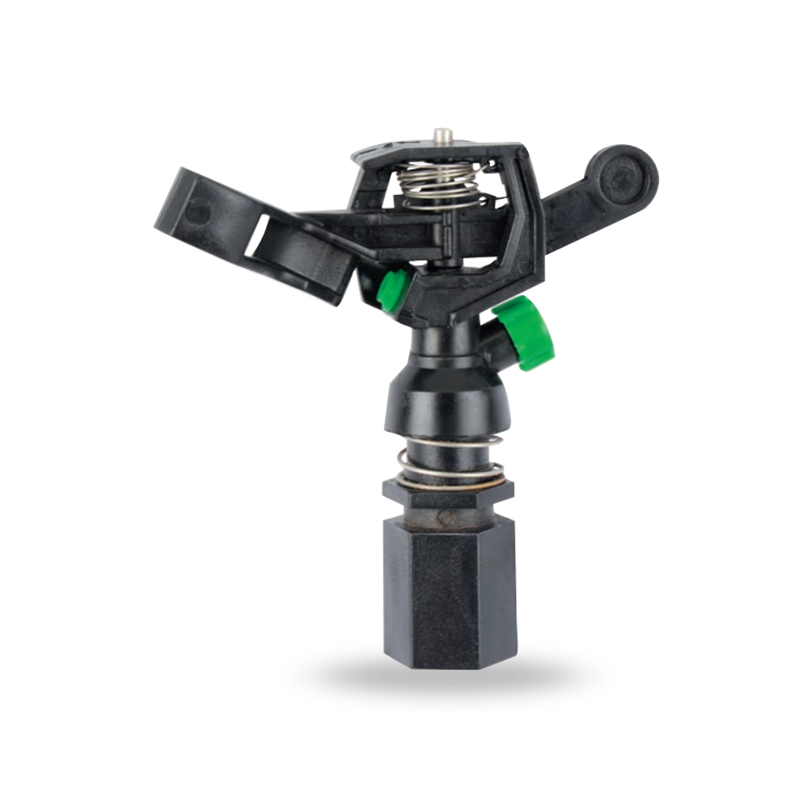
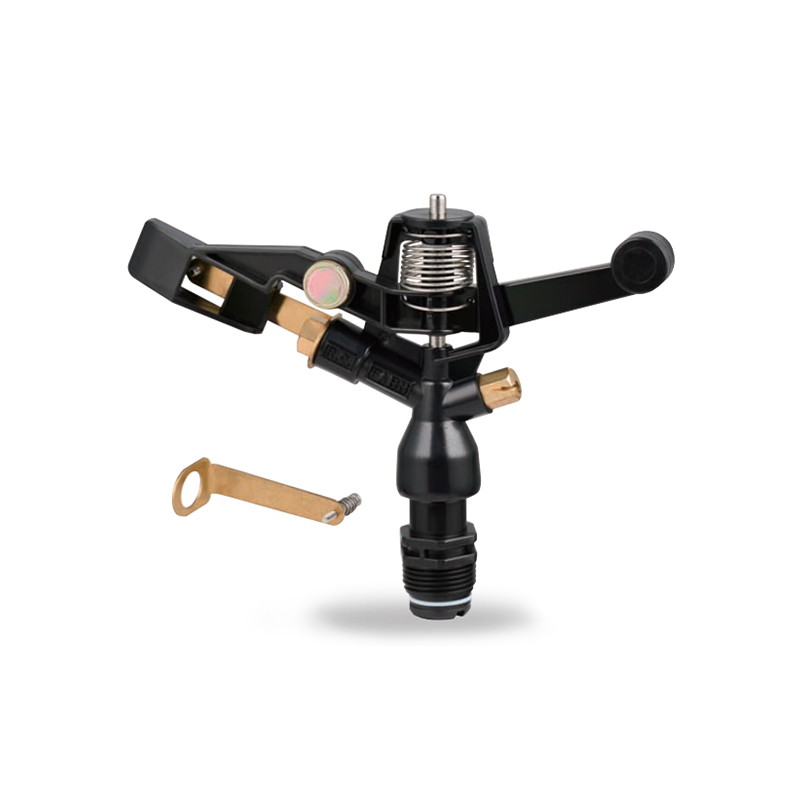
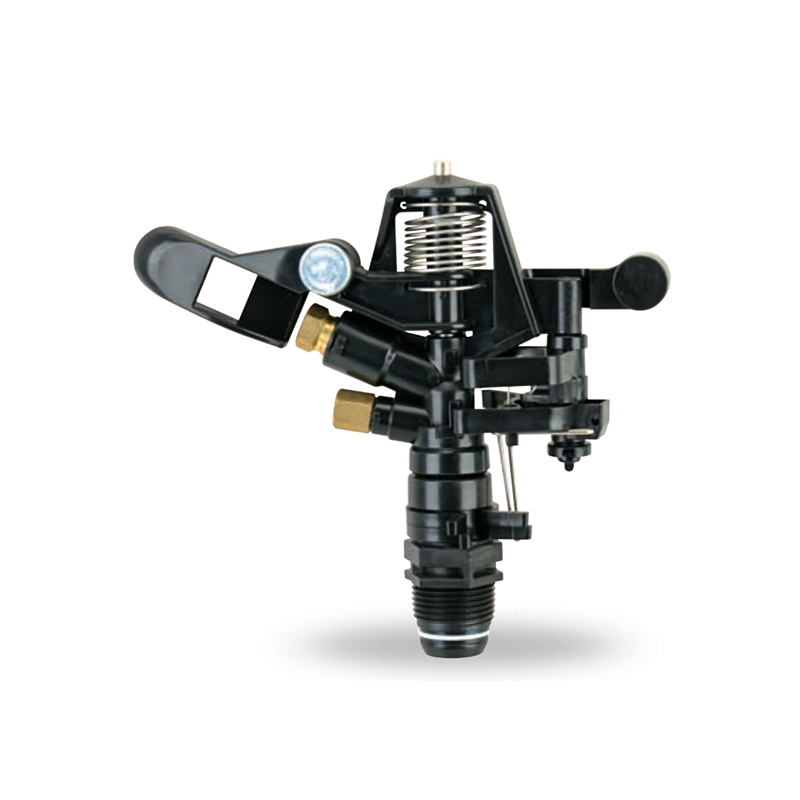



 No.518, Ruihao Road, Lizhou Street, Yuyao City, Zhejiang Province, China
No.518, Ruihao Road, Lizhou Street, Yuyao City, Zhejiang Province, China +86-13105554615 / +86-18005843886
+86-13105554615 / +86-18005843886 decheng@dcssq.com fredzhu@dcssq.com
decheng@dcssq.com fredzhu@dcssq.com

